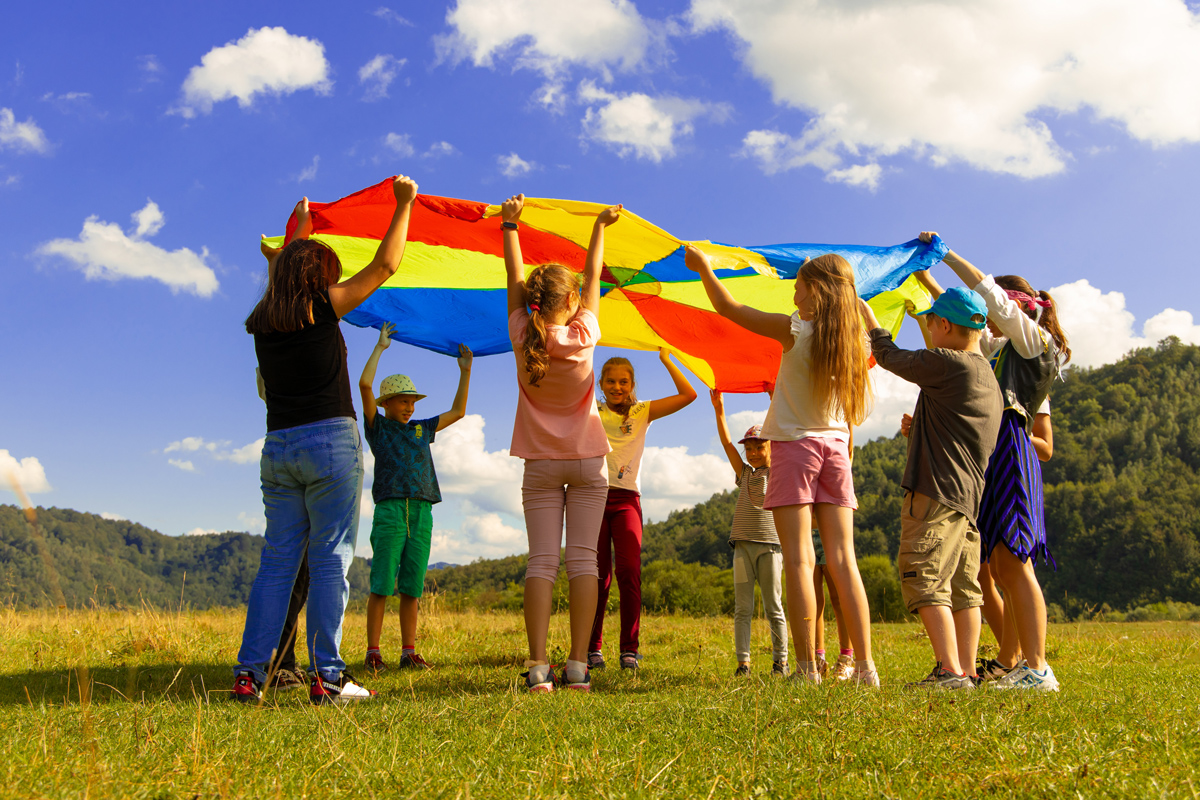
Each month, Richland First Steps selects one school readiness goal from the SC Early Learning Standards (SCELS) to spotlight throughout our programs for children, families, and child care providers.
This month’s concept comes from the Health and Physical Development domain of the SCELS. Like all of the standards, there are developmental indicators that show a child’s progress on this goal at each stage:
Infants (Birth to 12 months)
- Gain control of arm and leg movements.
- Develop upright posture when sitting and standing.
- Move in and out of various positions by rolling, pushing up, and pulling to stand.
- Move from place to place as their abilities allow (squirm, roll, scoot, crawl, cruise, or walk).
Younger Toddlers (8 to 21 months)
- Develop strength, balance, and coordination by repeating movements (pull up and sit down; bend and straighten, squat to pick up something from the floor).
- Move arms and legs together to climb, push, and pull (push a stroller, use riding toys, crawl up steps).
- Move through the world with more independence (crawl, cruise, walk, run, use therapeutic walker).
Older Toddlers (18 to 36 months)
- Move arms and legs to complete a task (kick, jump, step, pedal, push away).
- Move through the world with a variety of movements and with increasing independence (run, jump, pedal).
- Use familiar objects that encourage large motor movements (riding toys, crawl tubes, large ball in basket, slide).
- Perform actions smoothly with balance, strength, and coordination (dance, bend over to pick up a toy, reach up high on a shelf, walk up and down steps).
Younger Preschoolers (36 to 48 months)
- Demonstrate strength and balance by managing uneven surfaces such as hills, ramps, and steps.
- Refine movements and show generally good coordination (e.g., throwing and catching).
- Demonstrate large muscle control by throwing balls accurately, sliding down slides, pedaling riding toys, and using assistive technology effectively.
- Move in space with good coordination (running, hopping in place, galloping).
Older Preschoolers (48 to 60+ months)
- Coordinate movement of upper and lower body.
- Perform complex movements smoothly (skipping, balancing on beams, hopping from one place to another).
- Move quickly through the environment and stop (run fast, pedal fast).
- Show awareness of own body in relation to other people and objects while moving through space.
Learn more:


